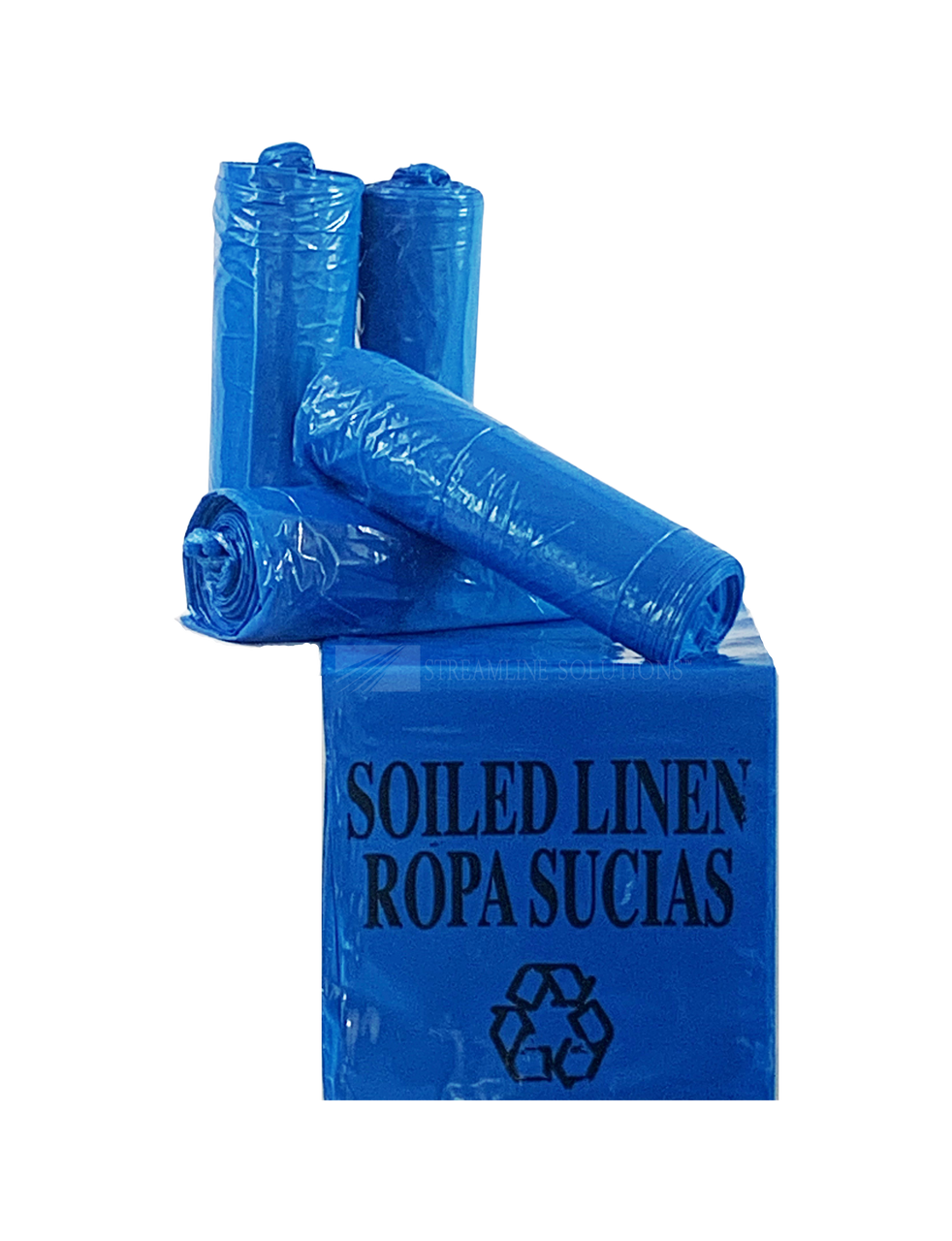Linen Laundry Bag
Soiled linen bags are crucial in hospitals and medical facilities for managing contaminated linens. They are designed to contain used bedding, gowns, and towels that may harbor infectious agents. Made from durable, leak-proof materials, these bags prevent the spread of contaminants. Often color-coded, with red or yellow being common, they help staff quickly identify potentially infectious laundry. Blue soiled linen bags are typically disposable, ensuring that contamination is contained and not spread during handling. Some bags have drawstrings, ties, or zip closures to securely seal the contents inside. This secure closure minimizes the risk of exposure to harmful pathogens during transport.
In some facilities, hospital soiled linen bags are treated with antimicrobial coatings to further reduce the risk of spreading infections. The design often includes reinforced seams to prevent tearing or leaking. Soiled linen bags come in various sizes to accommodate different amounts of laundry, from small items to larger bed linens. For safety and convenience, some bags feature handles or straps, allowing staff to easily carry and transport them. These bags are generally used in conjunction with infection control protocols, ensuring that contaminated linens are handled and disposed of properly. After use, they are disposed of following strict medical waste guidelines to prevent environmental contamination.
In some settings, reusable soiled linen bags are employed, which are sanitized after each use. The use of these bags helps maintain a clean and safe environment for both patients and healthcare workers. They play a critical role in reducing the risk of healthcare-associated infections (HAIs). The quick and efficient disposal process they offer is essential in high-turnover areas like emergency rooms and operating theaters. The importance of soiled linen bags is emphasized in any facility's overall sanitation strategy. By containing and isolating contaminated linens, these bags help maintain hygiene standards. Their use reflects a commitment to patient and staff safety in healthcare settings.

